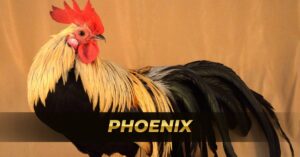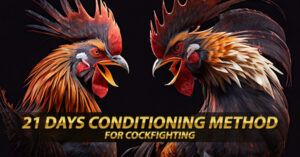Revolutionizing Gamefowl Breeding: The Art of Artificial Insemination
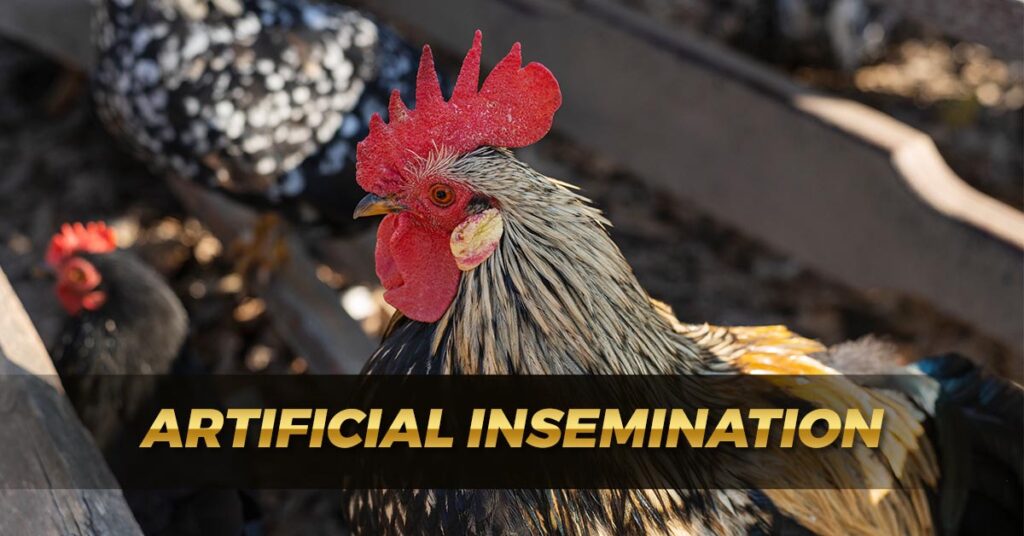
In recent times, the realm of gamefowl breeding has witnessed a groundbreaking shift with the adoption of artificial insemination. Traditionally prevalent in the livestock sector, this assisted reproductive technology has now found its niche among cockfighters, reshaping the landscape of breeding strategies. Explore the innovative practices and advantages associated with employing insemination in the fascinating world of Sabong filipino Casino.
Unveiling the Rise: Artificial Insemination in Gamefowl Breeding

Artificial insemination, a technique predominantly embraced by research and breeding facilities for poultry, has transcended its conventional boundaries. Cockfighters, known for their dedication to gamefowl breeding, have recently embraced this method, sparking curiosity and discussions within the community.
Addressing Fertility Challenges
Artificial insemination serves as a powerful tool to counteract declining fertility in chickens. For gamecocks, this practice becomes essential, offering a solution to compatibility issues between males and females. Natural mating conditions may lead to harm for females, particularly when males outweigh them, causing potential infertility in offspring. AI provides a strategic approach to overcoming these challenges.
Maximizing Genetic Potential
One of the primary motivations for adopting artificial insemination is the ability to leverage the genetic merit of a superior male. By employing AI, one distinguished male can contribute to the reproduction of numerous females, significantly increasing the potential number of offspring. This process not only enhances genetic diversity but also ensures the preservation of valuable bloodlines.
Overcoming Physical Limitations
Meron gamecocks with physical limitations or those that have passed away can still play a vital role in breeding through artificial insemination. This innovative approach allows for the continuation of bloodlines and genetic legacies, transcending the constraints imposed by traditional breeding methods.
Mastering the Art: Techniques of Artificial Insemination
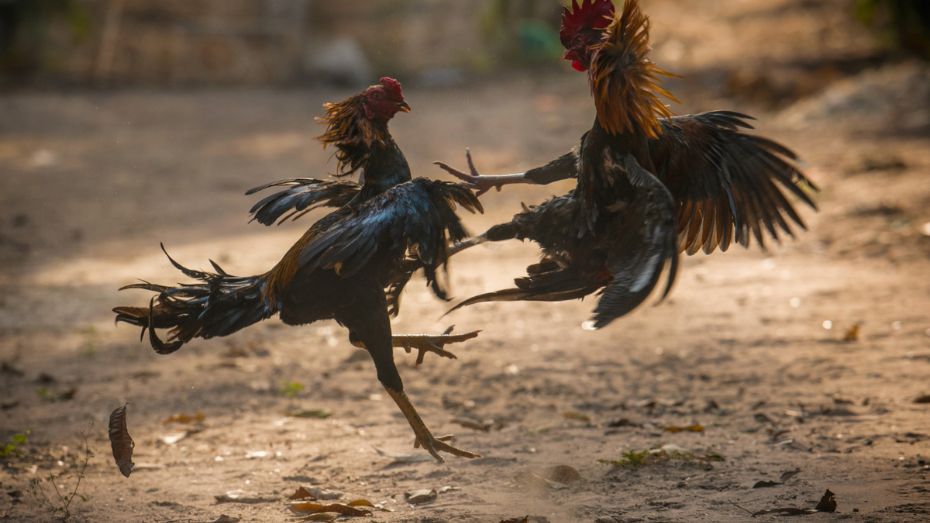
Successful implementation of artificial insemination in gamecocks demands a deep understanding of the anatomical and physiological aspects of both hens and roosters. Proficiency in sperm collection and deposition techniques is equally crucial, requiring extensive experience and education.
Sperm Collection Process
Collecting sperm from a gamecock involves a meticulous process. By stimulating the copulatory organ, located above the testicles, semen is extracted by applying pressure. The collected sperm is then combined, diluted with an extender, and stored appropriately for later use, ensuring optimal fertilization capacity.
Fertilizing Gamecock Hens
The insemination process involves injecting collected sperm into a hen using a syringe. This is followed by carefully injecting the sperm into the hen’s oviduct. The hen’s instinctive response, indicated by a squatting action, signals receptivity, facilitating the successful transfer of sperm.
The Transformational Impact of Artificial Insemination
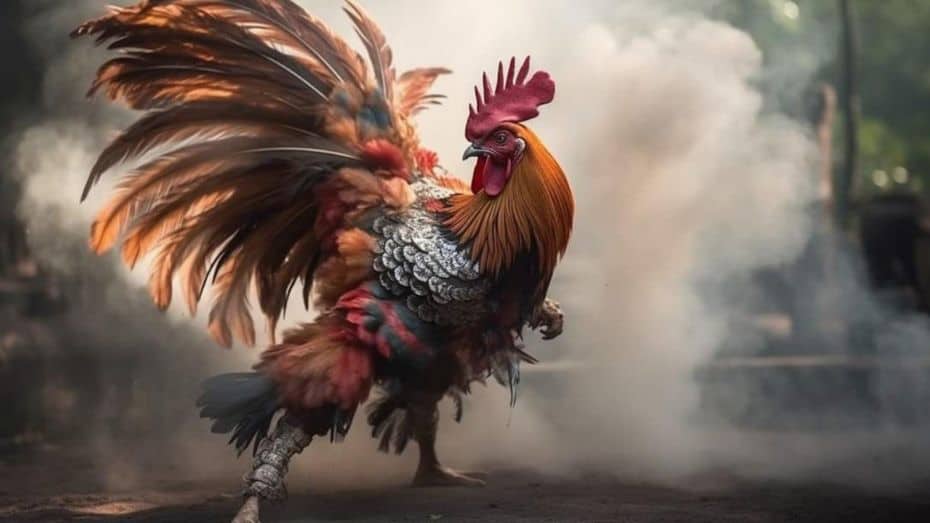
As the gamefowl breeding community continues to evolve, the adoption of artificial insemination stands out as a transformative force. Breeders in Sabong filipino wala games including sabong including sabong are witnessing a paradigm shift, embracing a method that not only addresses practical challenges but also opens new avenues for genetic enhancement and legacy preservation.
Enhanced Precision in Breeding
Artificial insemination offers breeders a level of precision that traditional mating methods cannot match. The controlled and targeted approach to reproduction ensures that desirable traits are passed on with greater accuracy, allowing for the meticulous curation of bloodlines. This precision contributes significantly to the development of robust and competitive gamecocks.
Sustainable Breeding Practices
In the pursuit of sustainable breeding practices, artificial insemination emerges as a key player. By optimizing the use of genetic resources and minimizing the risk of injuries during mating, breeders contribute to the long-term health and vitality of their gamefowl. This sustainable approach aligns with the evolving standards of ethical and responsible breeding.
FAQs
Conclusion
In the vibrant community of Sabong Filipino, diverse gamefowl breeders employ varied strategies to maintain lineages and preserve genes. Artificial insemination emerges as a widely embraced method, offering a seemingly simple yet intricately nuanced approach to gamecock breeding. While the process may appear straightforward in explanation, its successful execution demands a profound level of comprehension and hands-on expertise. Embrace the future of gamefowl breeding with the transformative power of artificial insemination.




